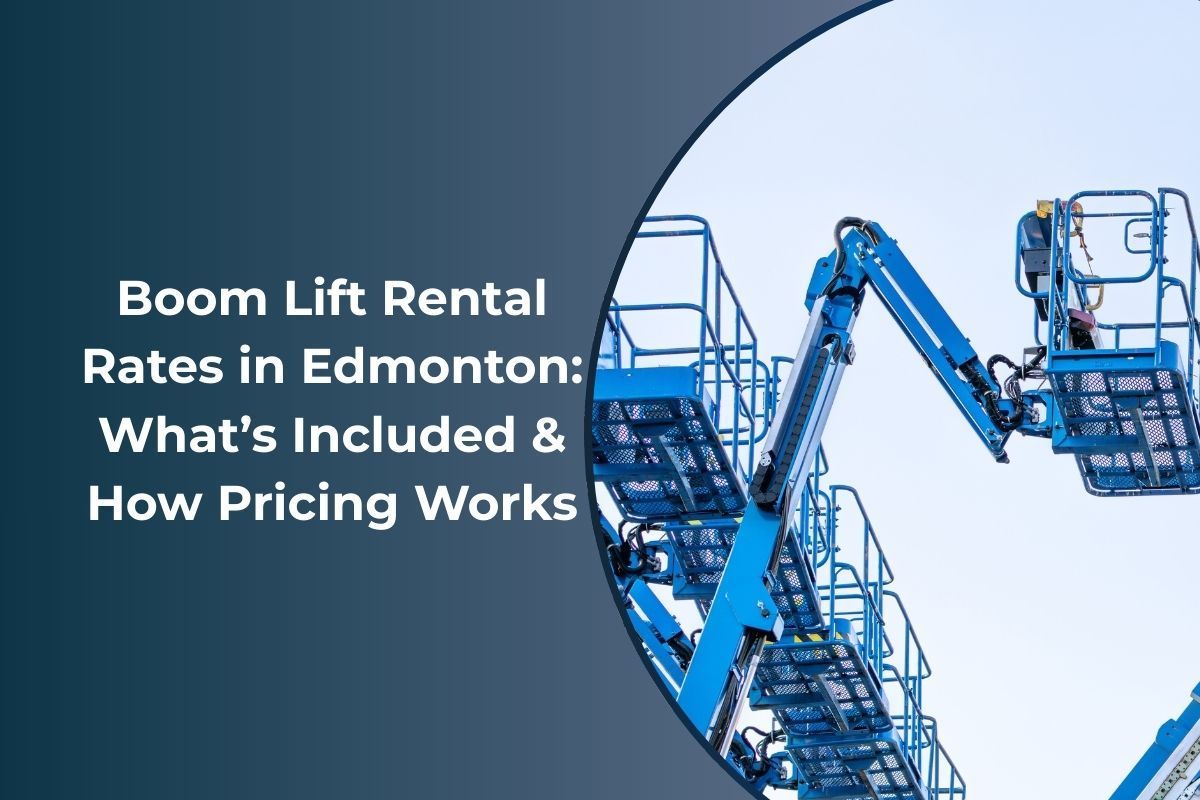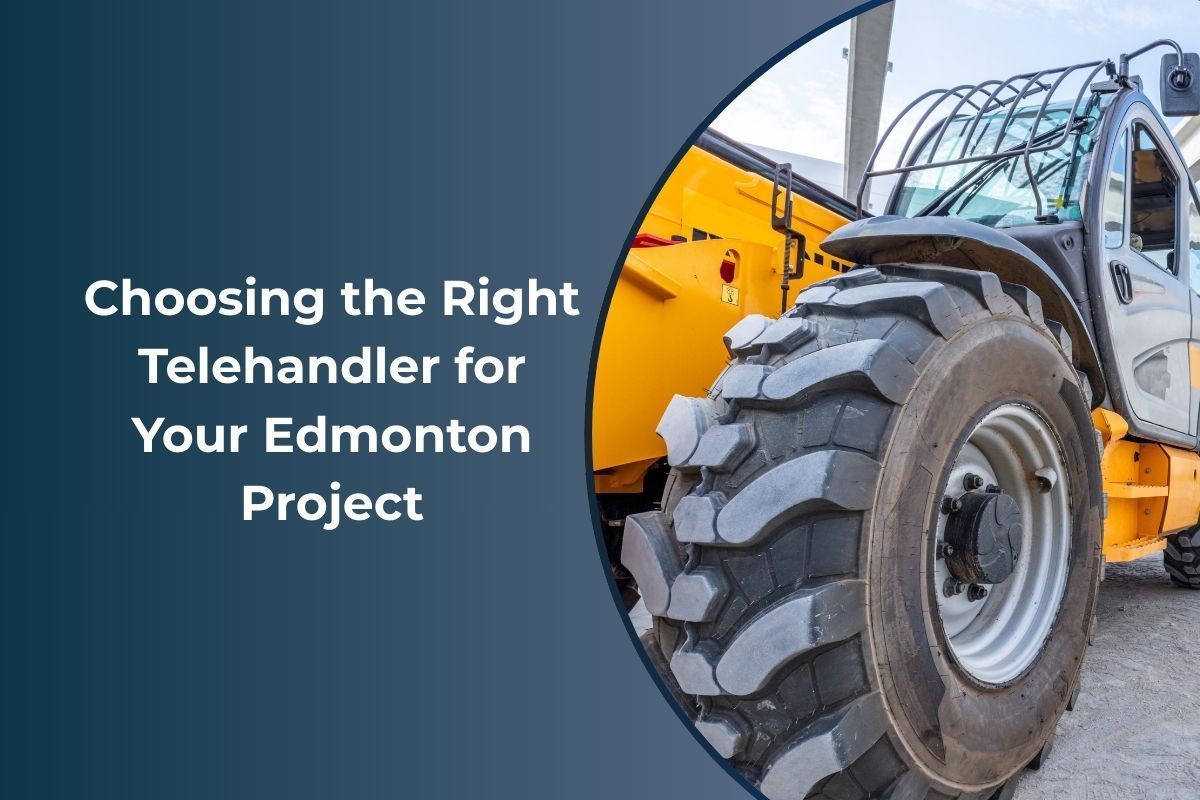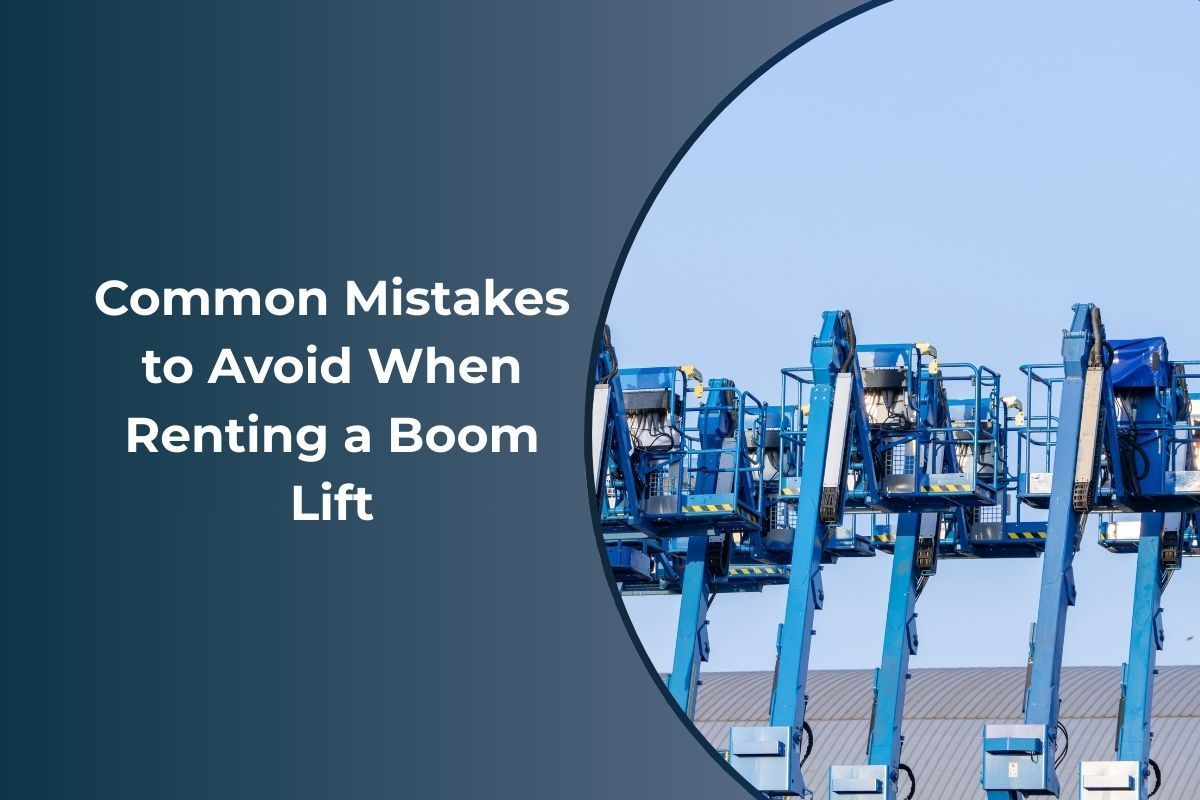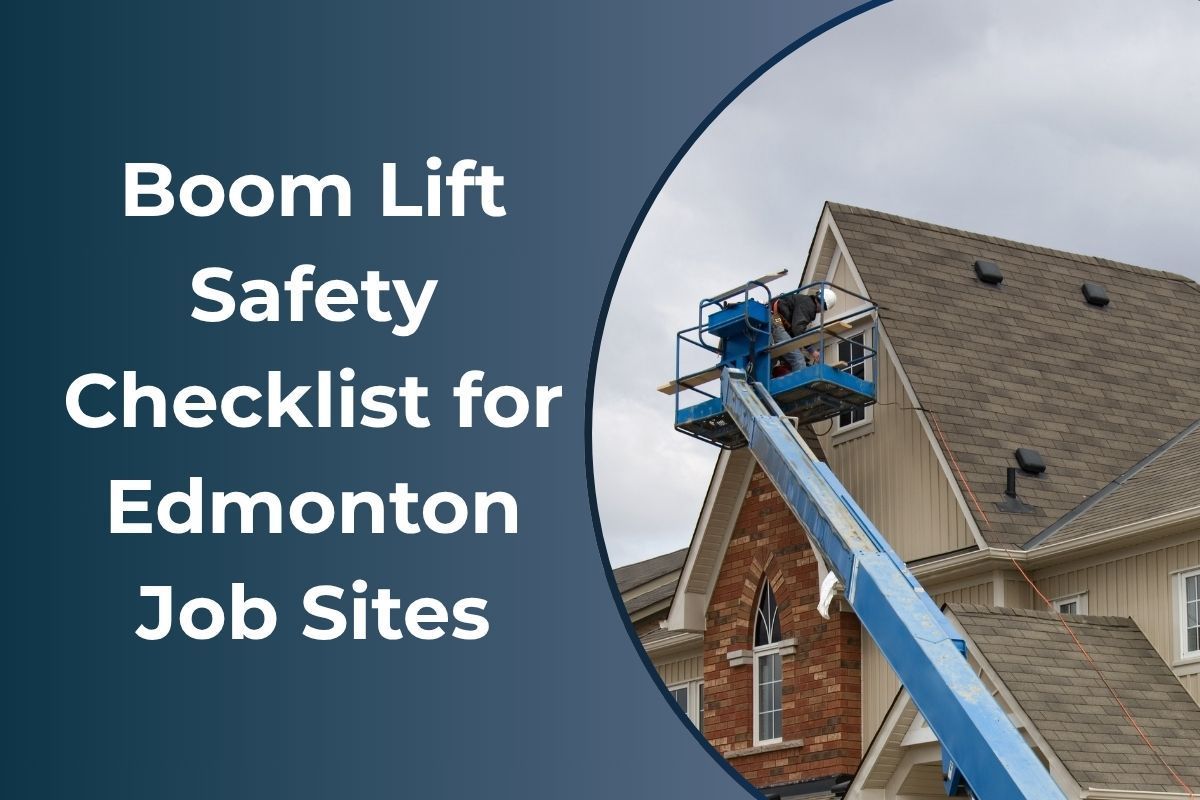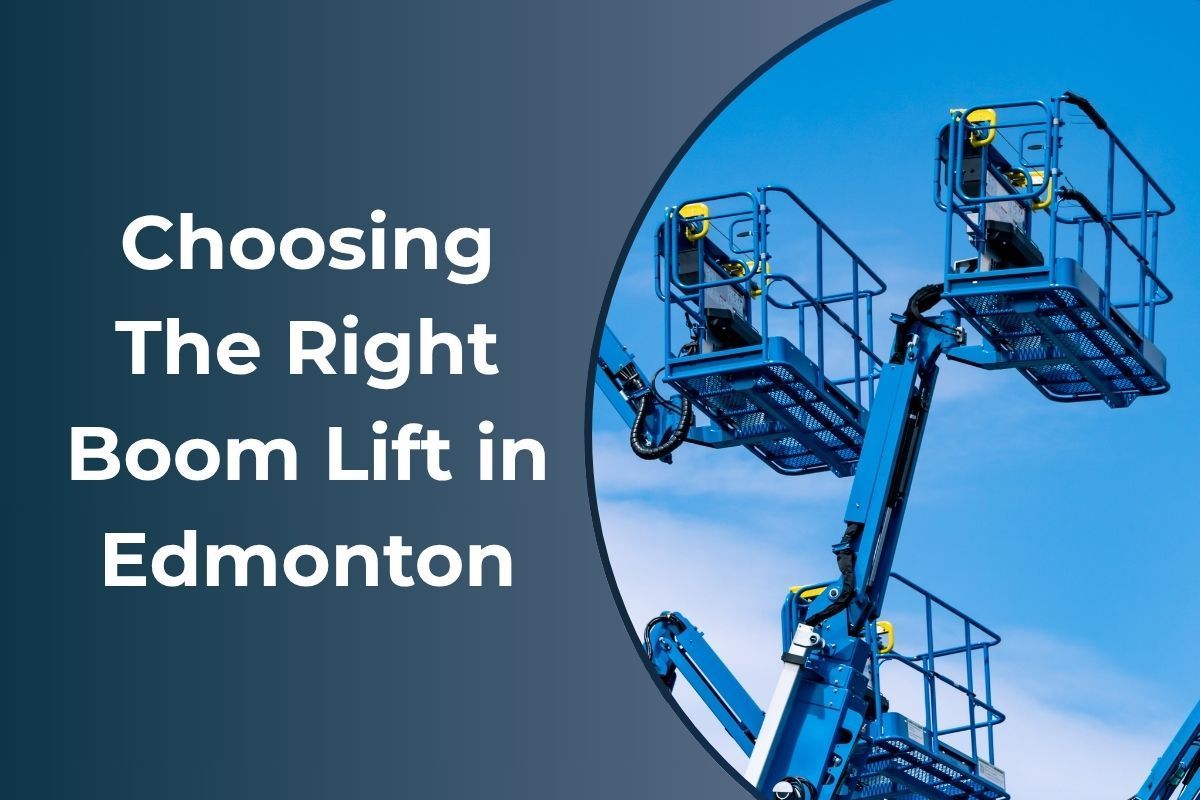Telehandler Safety Checklist for Edmonton Job Sites

Telehandlers are some of the most valuable machines on a job site, but they also carry significant safety risks. With heavy loads, long forward reach, uneven ground, and fast-changing weather, safe operation depends on preparation, awareness, and choosing the right machine for the task.
This safety checklist helps operators stay protected, reduce delays, and keep projects running smoothly. Always follow your site-specific rules and the manufacturer’s instructions for the model you’re using.
Why Telehandler Safety Matters
Telehandlers can lift thousands of pounds and reach multiple storeys, but that same capability makes them one of the most common sources of job-site incidents. Most issues come from improper loading, poor visibility, unstable ground, or pushing the machine beyond its limits.
Key risks to watch for:
- Overloading or misreading the load chart
- Tip-overs from uneven terrain or excessive forward reach
- Limited visibility when carrying large or bulky loads
- Attachment misuse or improper locking
- Traveling with the boom raised or the load positioned too high
A consistent safety routine is essential — especially during Edmonton’s winter and shoulder seasons when conditions can change quickly.
Pre-Operation Safety Checklist
Before operating a telehandler, complete a thorough inspection and ensure the machine is configured correctly for your load.
Walk-Around Inspection
- Check for hydraulic leaks, cracked hoses, or damaged fittings
- Inspect forks, pins, and attachment locking mechanisms
- Confirm tires are inflated and free of cuts or significant wear
- Examine boom sections for dents, wear, or debris buildup
Verify Safety Systems
- Test brakes, steering, lights, and horn
- Confirm backup alarms are functioning
- Check stabilizers or outriggers (if equipped)
- Inspect seatbelt, restraints, and cab safety features
Test Controls From the Cab
- Extend and retract the boom smoothly
- Test fork carriage tilt and attachment functions
- Check dash warning indicators and gauges
Review the Load Chart
Every chart changes based on attachment type, boom angle, and boom extension. Confirm your load is within capacity at the reach distance you plan to use.
Wear Proper PPE
- CSA-approved boots
- High-visibility vest
- Hard hat and gloves
- Winter PPE when required (ice grips, thermal gloves, layers)
Job-Site Safety Considerations
Telehandler stability depends heavily on the surface below it and the environment around it.
Ground Conditions
- Use only on firm, level, well-compacted ground
- Avoid soft soil, thawing frost, mud, or rutted paths
- Use caution on even slight slopes — they can impact stability
Clearances & Overhead Hazards
- Maintain a safe distance from power lines
- Watch for scaffolding, trusses, equipment, and material piles
- Use a spotter in congested or low-visibility areas
Weather & Local Conditions
- Snow and ice reduce traction and braking control
- Cold temperatures slow hydraulic response
- Wind can affect long materials like beams or trusses
Safe Operating Practices
Telehandlers require controlled, deliberate movement — especially with elevated loads.
Never Exceed Rated Capacity
Load charts are designed to prevent tip-overs and boom stress. Overloading can cause sudden loss of control.
Keep the Boom Low While Traveling
Traveling with a raised boom dramatically reduces stability. Keep the load low and tilted back slightly for safe movement.
Move Slowly and Smoothly
Avoid quick stops, sharp turns, or sudden direction changes — especially with suspended loads.
Maintain Clear Visibility
Large loads can block your line of sight. Use mirrors, cameras (if equipped), or a spotter to guide movement.
Attachment Safety
Different attachments change how the machine behaves:
- Buckets can shift material unexpectedly
- Truss booms extend the load distance and reduce stability
- Grapple forks need slow, controlled motions
Always confirm attachments are locked and compatible with the machine.
Edmonton-Specific Safety Tips
Local conditions introduce unique challenges for safe operation.
Cold Weather Hydraulics
Hydraulic oil thickens in sub-zero temperatures, slowing boom response. Allow extra warm-up time before lifting.
Ice & Snow Buildup
Ice on forks or attachments can reduce grip and stability. Clear frozen buildup before operating.
Short Winter Daylight
Poor lighting increases risk. Ensure both the work area and machine lights are adequate.
Frozen or Thawing Ground
Frozen soil can appear stable but may soften as temperatures rise. Re-check ground conditions throughout the day.
Wind Gusts
Long or light materials catch the wind easily. Stop lifting if wind speeds exceed safe limits for your material.
After-Use Safety Checklist
When the job is done:
- Lower the boom fully
- Park on level ground
- Engage the parking brake
- Shut down the machine and remove the key
- Report issues immediately (especially for rentals)
- Clear debris from forks or attachments
Need a Reliable Telehandler for Your Next Project?
Every telehandler we rent is inspected and serviced between hires, so your crew gets equipment that’s safe, dependable, and ready to work.
Call
780-699-9433 or visit our
Telehandler Rentals page to choose the right model for your job.
Mandel Rentals Resources
